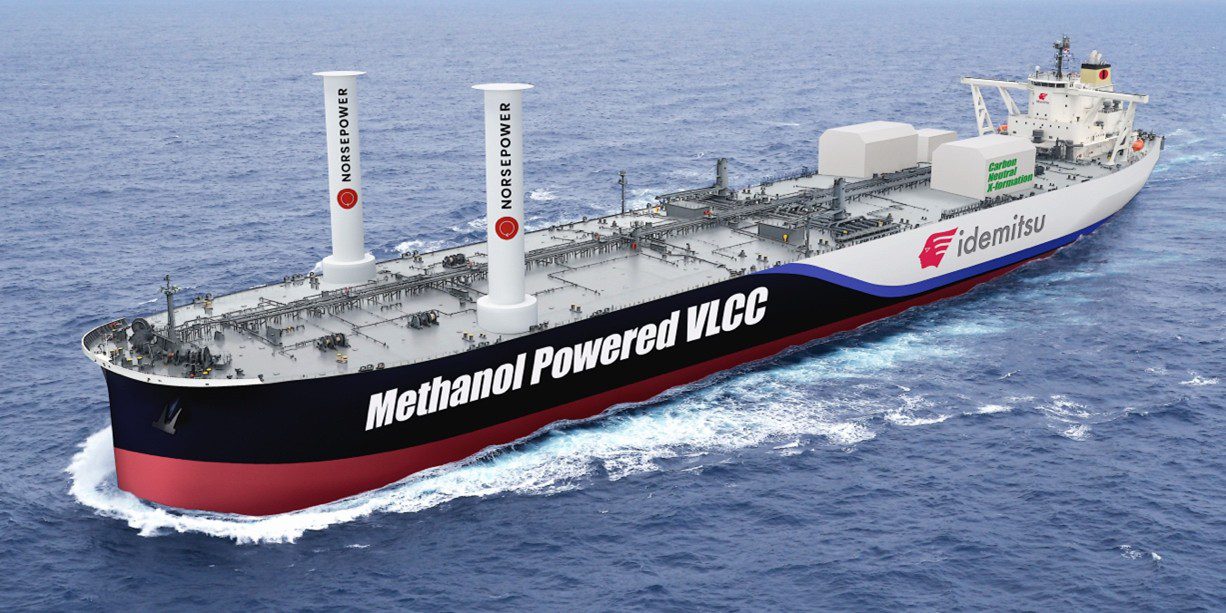Hurricane Iota pictured before landfall, November 16, 2020. Photo: NOAA/GOES

By Gustavo Palencia and Ismael Lopez TEGUCIGALPA, Nov 16 (Reuters) – Iota exploded into a catastrophic Category 5 hurricane bearing down on remote Central American coastal provinces on Monday, with the region’s leaders blaming climate change for destruction that has pushed millions closer to hunger
Iota was due to smack into northeastern Nicaragua overnight, packing maximum sustained winds of 160 miles (260 km) per hour, having reached Category 5 on the Saffir-Simpson scale, the U.S. National Hurricane Center said.
Central America and southern Mexico are still reeling from Hurricane Eta, which devastated crops and washed away hillsides two weeks ago, killing dozens. Many towns are still partially flooded, and the land is already waterlogged from the earlier storm.
Governments from Panama to Guatemala rushed to move people away from hillsides, volcanoes and bodies of water, fearful tat Iota will bring similar destruction. The World Food Programme said millions of people urgently needed food aid in the wake of Eta.
“What’s drawing closer is a bomb,” Honduran President Juan Orlando Hernandez told a news conference, speaking alongside Guatemalan President Alejandro Giammattei.
The presidents described Central America as the region worst affected in the world by climate change, and said tens of thousands of families had lost entire crops to Eta’s destruction.
Iota will leave Honduras and its neighbors in “a very difficult situation,” Hernandez said.
Since records began being kept in 1851, this is the first time two major hurricanes have formed in the Atlantic basin in November. Iota is also the first Category 5 storm of the hurricane season.
The Miskito region straddling Honduras and Nicaragua raced to get people to safety before a forecast direct hit from Iota, which was about 80 miles (130 km) east-southeast of Puerto Cabezas, Nicaragua, after whipping past the Colombian islands of San Andres and Providencia before dawn, cutting off electricity.
The National Hurricane Center said Iota was forecast to weaken rapidly after reaching land.
Local authorities and the navy frantically tried to get thousands of families to higher ground or ports in the watery region of jungles, rivers and coastline, which also took a direct hit from Eta. Images from Nicaragua’s military showed soldiers helping people into boats in heaving seas and trucks on land.
“There are villages that can protect or save themselves, but others cannot cope with this catastrophe after Eta,” said Teonela Wood, mayor of Honduras’ Brus Laguna municipality, which she said was home to more than 17,000 people.
“The biggest problem we have right now is that we don’t have fuel to keep on evacuating people” on boats, Wood said.
Many of the people of Miskito are descendants of indigenous groups along with escaped African slaves and castaways believed to have survived a 17th-century slave shipwreck.
The unprecedented 2020 hurricane season comes as Central America is facing an economic crisis linked to the coronavirus pandemic, with experts warning the compounding hardship could worsen infections, spread hunger, and fuel a new round of migration from the region.
Iota is the fiercest November storm in the region since a 1932 Cuba hurricane that packed 175-mph (281-kph) winds, according to private forecasting firm AccuWeather.
Climate change is increasing the intensity of both rain and droughts across Central America, the United Nations refugee agency said last week, saying such phenomena can exacerbate the poverty which drives people to flee their homes.
With a rise in average global temperatures, hurricanes are growing stronger and spinning more slowly, which can prolong their destructive treks across land. (Reporting by Gustavo Palencia; Additional reporting by Daina Beth Solomon and Ismael Lopez in Mexico City, Sofia Menchu in Guatemala City, Nelson Renteria in San Salvador; Elida Moreno in Panama City and Oliver Griffin in Bogota; Writing by Frank Jack Daniel; Editing by Steve Orlofsky, Bernadette Baum and Jonathan Oatis)
(c) Copyright Thomson Reuters 2020.

 Join The Club
Join The Club











